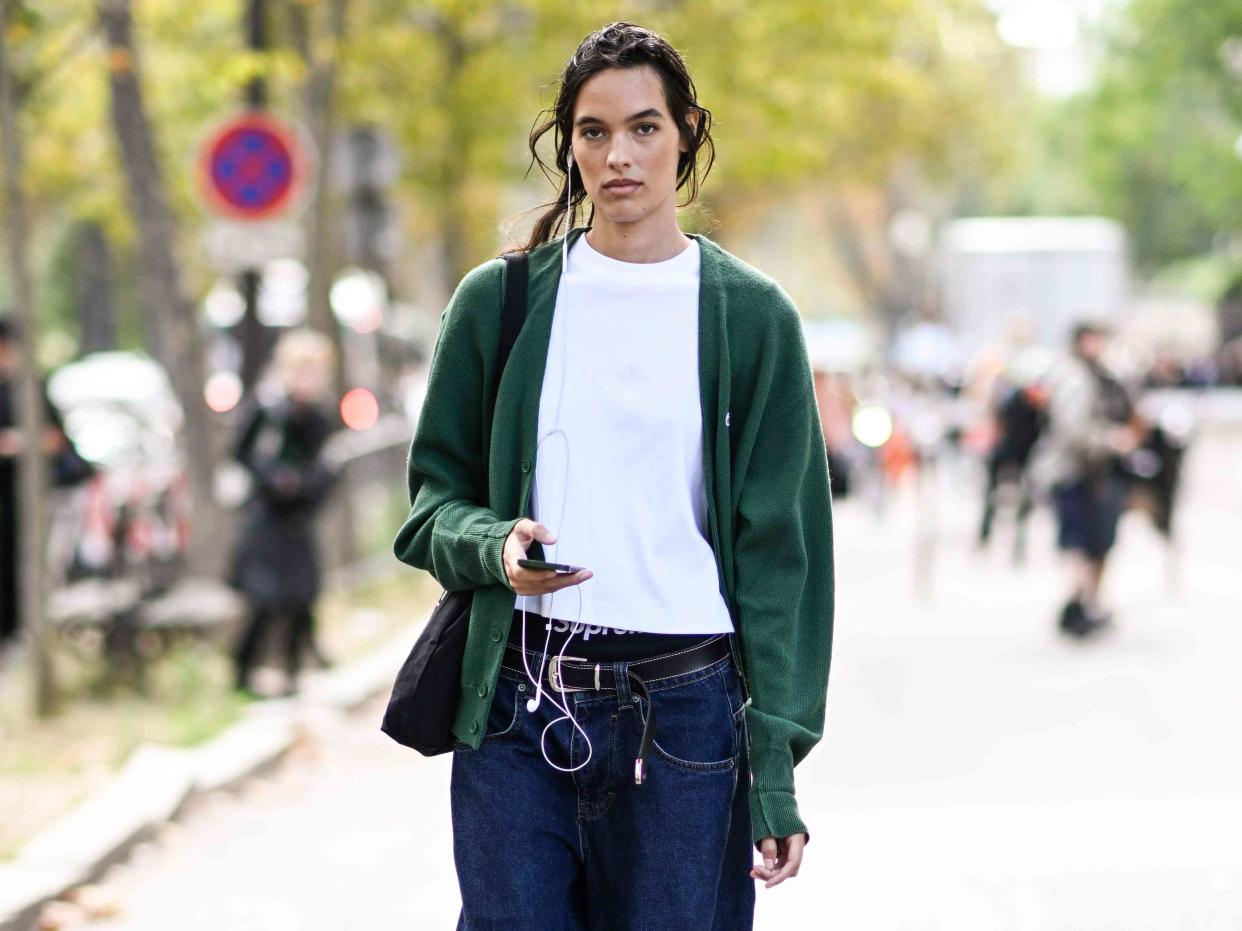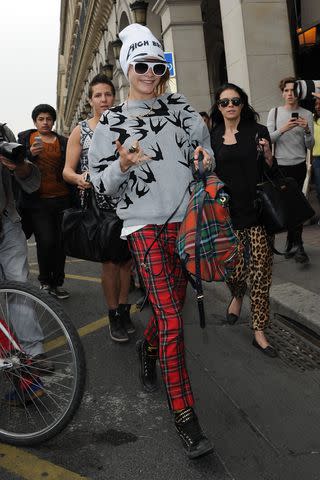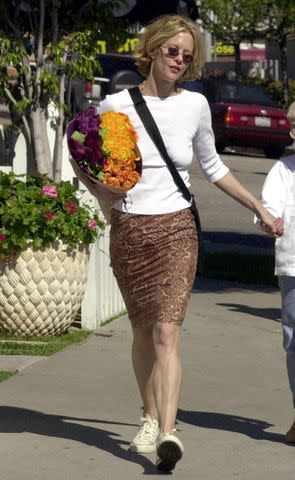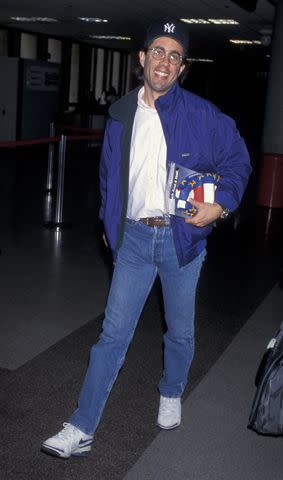Normcore Is the “Anti-Fashion” Movement That Dominated the 2010s

Getty Images
In recent seasons, there's been an unmistakable pivot in the fashion world. Whispers among the sartorial elite signal a collective sigh of relief as runways proudly display what many are dubbing the return of “real clothes.” Fashion is cyclical, everything comes back.
Over the last few years, we’ve seen a parade of loud, audacious styles thanks in part to social media and a world reshaped by the pandemic. Think the flamboyance of Alessandro Michele’s Gucci or the nostalgic Y2K revival epitomized by brands like Diesel are emblematic of this era. With virality as the benchmark for success, maximalism dominated, giving way to micro-trends like cottagecore, barbiecore, and the unique coastal grandmother aesthetic.
However, the pendulum is swinging back. The allure of understated luxury is making a comeback. The current fashion narrative is embracing a “less is more” philosophy, heralding a new chapter where subtlety and sophistication take center stage. This shift prompts a revisit to normcore, a trend that defined the 2010s and seems to be creeping back into the cultural conversation.
Coined by the New York trend forecasting group K-HOLE in their 2013 report, "Youth Mode: A Report on Freedom," the term "normcore" transcends fashion touching on a deeper sociological sentiment. Initially a tongue-in-cheek concept, it unexpectedly catalyzed a movement.
With the rise of social media and its "hipster" trends—think indie sleaze, soft grunge, oversaturated filters, and street style photography—the 2010s era was defined by the insatiable desire to be perceived as unique. Platforms like Tumblr and Instagram amplified the drive for individualism, with bloggers such as Tavi Gevinson, along with celebrities like Cara Delevigne and Zooey Deschanel, cultivating distinct, quirky aesthetics that were often replicated.

Jacopo Raule/FilmMagic
Normcore emerged as a counter-response, suggesting it was not just okay, but actually cool, to be ordinary. The essence of the trend was to challenge alternative subcultures like “Mass Indie.”
As K-HOLE put it, “When the fringes get more and more crowded, Mass Indie turns toward the middle. Having mastered difference, the truly cool attempt to master sameness.” The true modern coolness lies not in striving to appear cool, but in being authentically indifferent to such labels.” Basically, normcore was the answer to the try-hard “Mass Indie” era and its dismissal of anything deemed as “mainstream.”
It was an invitation to find solace in sameness. K-HOLE's philosophy was clear: In a world obsessed with standing out, there's a unique power in blending in.
What Does Normcore Look Like?
Normcore is about embracing the ordinary and–well–looking “normal,” but in a stylized, self-aware, way. The quintessential figures of this movement aren’t found on runways, think icons from ‘90s sitcoms like Jerry Seinfeld and Larry David with their everyman wardrobe, or the leading ladies of that era Meg Ryan and Calista Flockhart or tech giants like Steve Jobs and Mark Zuckerberg, who turned their straightforward style into a signature look.

Getty Images
It's about consciously choosing "anti-fashion": the well-worn comfort of stonewashed denim, the grounded reliability of chunky dad sneakers, and a cozy fleece jacket. Jobs' iconic black turtleneck epitomizes this spirit, as does Seinfeld’s classic ensemble of a baseball cap and comfortably fitted jeans.

Ron Galella/Getty Images
So what would a normcore outfit look like? Start with a dependable fleece from Patagonia or The North Face, effortlessly thrown over a crisp white tee. The bottoms? A pair of straightforward blue jeans, nothing too tight or too loose, just right. The accessories are simple yet functional: white tube socks, sturdy sneakers reminiscent of a bygone parental fashion, and a no-nonsense baseball cap to cap it all off. It’s a harmonious blend of comfort and self-aware simplicity.
Normcore Today
Normcore hasn't fully resurfaced, but we've witnessed its echoes. Fast-forward to the present and we see a resurgence of "real clothes" on the runway, hinting at a similar sentiment of the trend's origins. However, today's iteration of the trend, labeled as quiet luxury, differs significantly from normcore. While both champion simplicity, quiet luxury retains an undercurrent of opulence absent in normcore. It exudes an "if you know, you know" vibe, accessible solely to the elite, whereas normcore, as articulated in the report, “Seeks the freedom that comes with non-exclusivity. It finds liberation in being nothing special and realizes that adaptability leads to belonging. Normcore is a path to a more peaceful life.” Both trends, however, act as antidotes to the clamor of overpowering fashion fads.
For more InStyle news, make sure to sign up for our newsletter!
Read the original article on InStyle.


